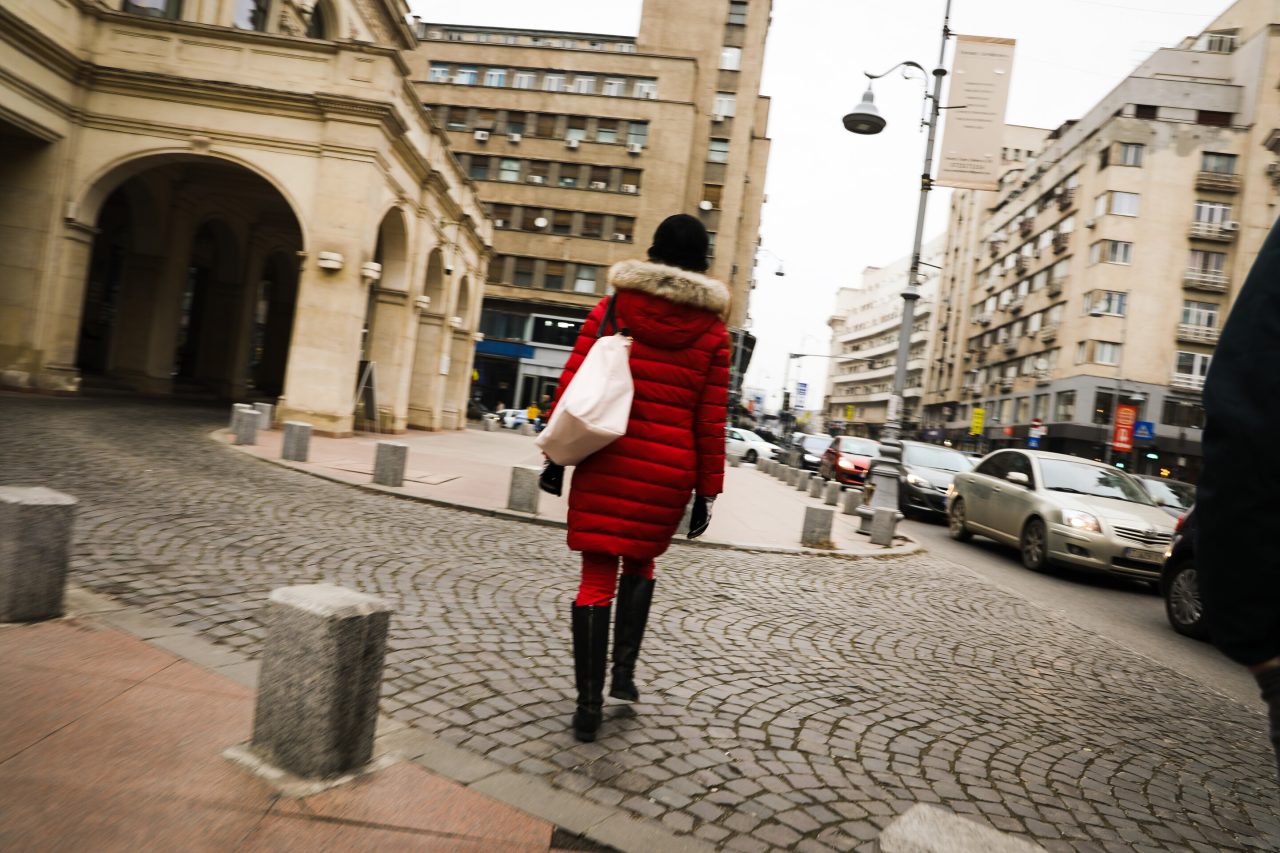
European Anti-Trafficking Program
Cross-border collaboration is essential to closing trafficking corridors in Europe.
Over 2 million people are enslaved in Europe. As people are trafficked through multiple European countries, the legalities of their case become increasingly complicated. There is no singular investigative or prosecutorial entity responsible for identifying and restoring survivors of trafficking, which makes it difficult for survivors to receive justice for the crimes they experienced. A survivor may return to their country, but their traffickers often continue operating with impunity in other countries. Cross-border collaboration through the Euopean Anti-Trafficking Program will address these shortcomings.
